You probably have heard that William and Catherine Booth co-founded The Salvation Army, but here are 17 things you may not know about them and their children.
1. William Booth (born 1829) worked as a pawnbroker’s assistant for seven years before becoming a Methodist Minister at the age of 21. He hated the trade, but it gave him a lifelong empathy for those caught in a spiral of poverty.
2. Catherine Booth (nee Mumford, also born 1829) was so intellectually gifted that by the age of 12 she had read the Bible straight through eight times—aloud. Her clarity of thought and strong convictions made her an ideal Mother of The Salvation Army, and she became one of the most influential women of the 19th century.
3. When William and Catherine met it was an instant love-match. At their church wedding ceremony only four other people were present. But such was the impact of their joint lives that at their respective funerals—20 years apart—35,000 people were present in London’s largest hall, with thousands more unable to gain entry.
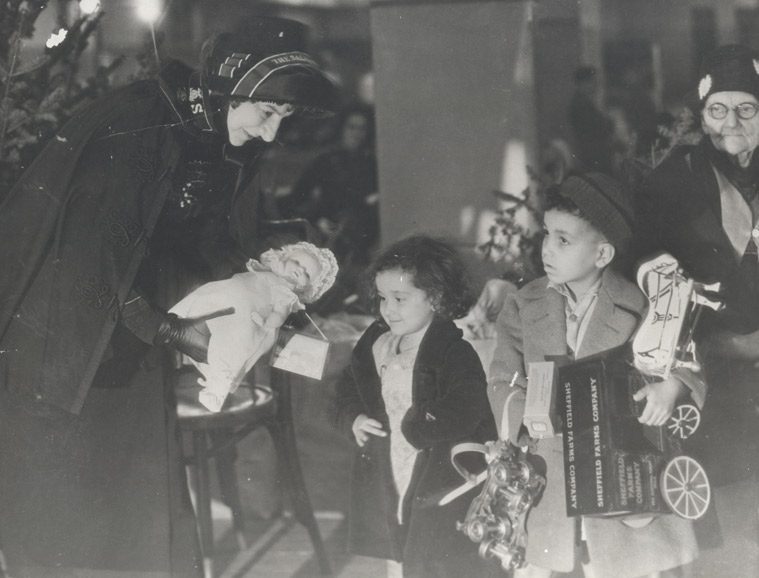
5. In 1865, William Booth was invited to lead a six-week mission in the East End of London. On Sunday, July 2, 1865, he began preaching there in a tent on an unused Quaker burial ground. He describes what happened one evening three weeks later: “When I saw those masses of poor people, so many of them evidently without God or hope in the world, my whole heart went out to them. I walked back to our West End home and said to my wife: ‘O Kate, I have found my destiny.’” Together they founded The Christian Mission to minister to the East End. But their destiny was not the East End of London. Their ultimate destiny was the world. And July 2 is now annually celebrated by Salvationists in 131 countries as The Salvation Army’s birthday.
6. The work of The Christian Mission was mainly evangelistic, but five soup and coffee shops were opened in the East End, a restaurant served hot meals to those in need, and as new stations opened, they engaged in first-aid community service. The Christian Mission was The Salvation Army in embryo.
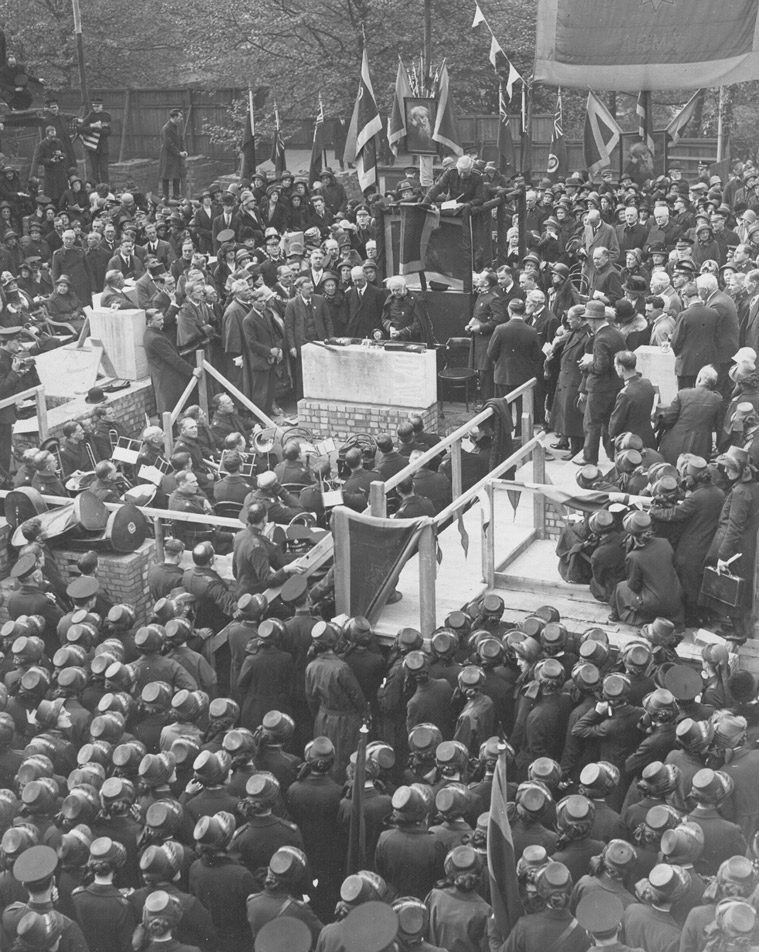
8. The consequences of the name change were dramatic. “From the moment that the Army had received its title its destiny was fixed,” records William T. Stead, the celebrated journalist and social reformer. “The whole organisation was dominated by the name.” A new energy was abroad. “An irresistible spiritual offensive swept over cities, towns and villages in every direction and set the whole country ablaze,” adds the Army’s official historian. The results of the name change were so astonishing that they defy human explanation.
9. Eight years later, in 1886, the now General William Booth presided over a Salvationist congress in London which brought the results of the name change to the attention of the world. Let’s set the scene: During 13 years of ministry, The Christian Mission had transformed the lives of hundreds, but as a mission it remained small and obscure—and few had heard of its leader. By 1878, it had 31 full-time missioners working in 29 stations. Within eight years of the change of name, the 29 missioners in Britain had become 2,260 Salvation Army officers, and the 29 stations had become more than 1,000 Salvation Army corps, with General Booth now being a nationally known figure. When during the congress 5,000 uniformed Salvationists marched through the city to the beat of 30 brass bands, the procession was a mile long, with 100,000 Londoners turning out to watch. And best of all, the Army had spread to 19 different countries—the U.S. being the first—so it was the Army’s first international congress.
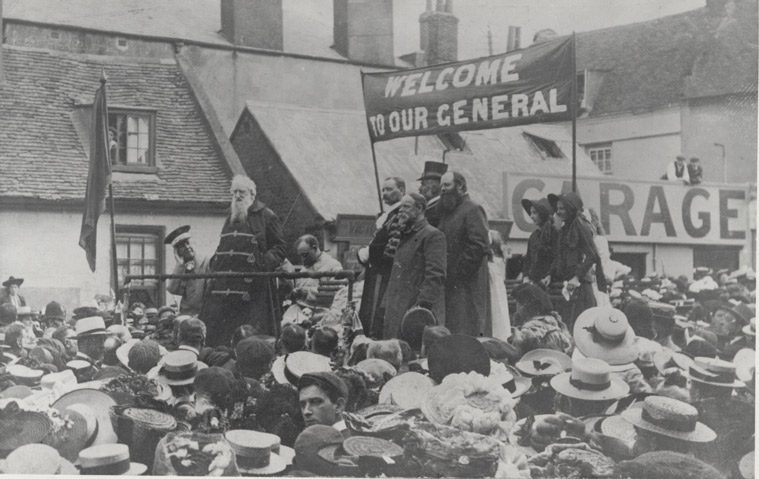
11. By the mid-1880s, The Salvation Army in Britain had begun in small ways to engage in social action initiatives such as transit lodges for released prisoners and rescue homes for “wayward” girls. But in 1888, a further decisive step was taken. On returning home late one night, William Booth saw men sheltering in the abutments of London Bridge, and told Bramwell the next morning to “go and do something” about it. Within seven weeks of that conversation, Bramwell had opened the first shelter for men. “Go and do something” became famous as the Army’s permanent marching orders for meeting all forms of human need.
12. Seven days after presiding over Catherine Booth’s funeral service, following her death on Oct. 4, 1890, when at the age of 61 she lost her battle with cancer, William Booth was again in the news. This time as the author of a blockbuster “In Darkest England and The Way Out.” The plans he unfolded therein were the ultimate expression of the “go and do something” principle. Readers identified with Booth’s description of the terrible living conditions of the “submerged tenth,” and were taken with his call for a Cab Horse’s Charter, whereby every citizen would be assured of what every London cab horse was guaranteed: “When he is down he is helped up, and while he lives he has food, shelter and work.” William Booth’s three-fold plans for City, Farm and Overseas Colonies were bold and visionary—with the first two aspects being exportable to other countries, as they were to the U.S. Expressions of approval came from all sides. Said one commentator: “There will always be the submerged tenth, and we must leave them to The Salvation Army.”
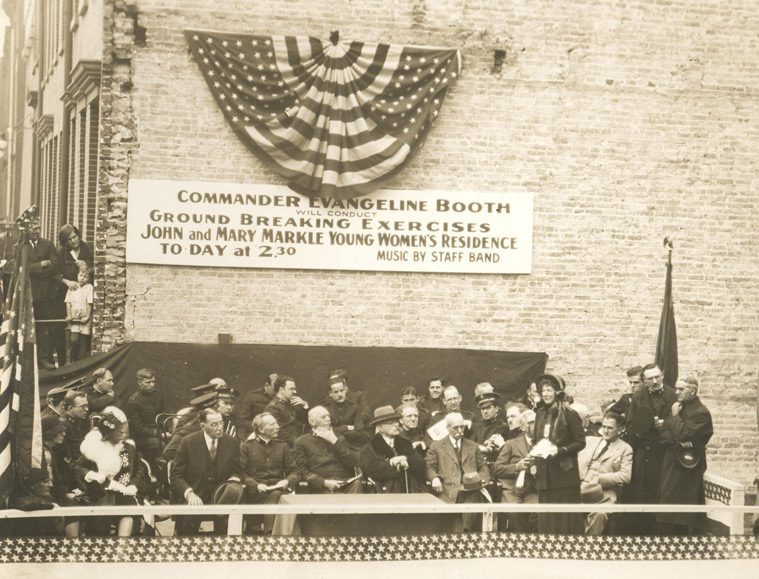
14. In addition to being world-renowned evangelists and social reformers, William and Catherine Booth were also outstanding parents. They had eight children, three boys and five girls, all of whom lived to adulthood and all of whom became Salvation Army officers. The first to die was Emma, their fourth-born, who died at the age of 43. She was known as Emma Booth-Tucker following her marriage to Commissioner Frederick Tucker. They were joint National Commanders of the Army in the U.S. when in October 1903 she was killed in a major train disaster near Dean Lake, Missouri. Several passengers were injured, but Emma was the only fatality. Not only the family and the Army were stunned, for so well-known were the Booth-Tuckers for the way they had championed the Army’s social work, that the nation as a whole grieved.
15. The Booth-Tuckers’ predecessors as leaders of the Army in the U.S. were Commissioners Ballington and Maud Booth. Ballington was the Booth’s second-born, and when in 1887 he and his wife were appointed as joint National Commanders in the U.S., at the age of 29 and 21 respectively, the American Salvationists rejoiced. The Ballington Booths loved America, and when after nine years in command they received farewell orders, they decided to resign their officership rather than leave the country they had made their own. Ballington founded Volunteers of America and became their first General. General Ballington Booth led the Volunteers for more than 40 years. When he died in 1940, his wife Maud succeeded him as General.
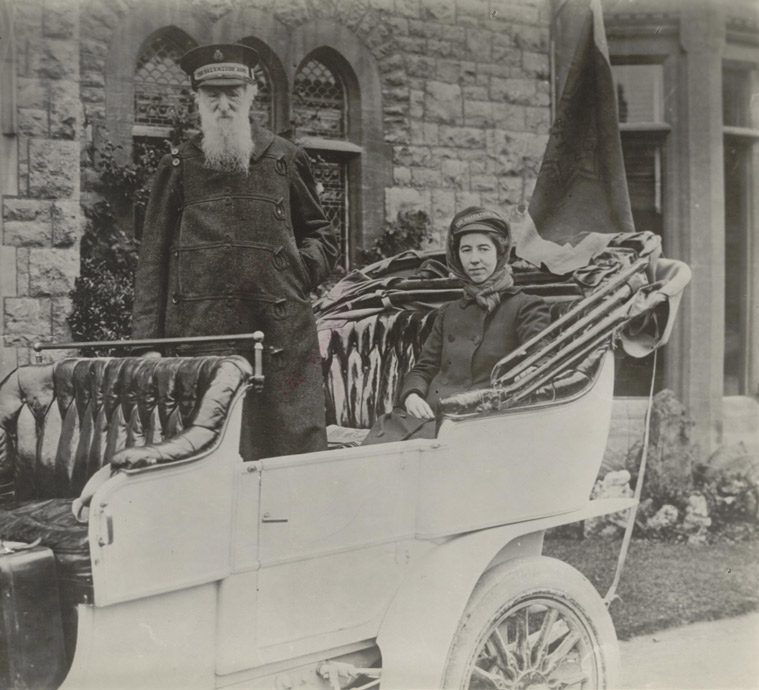
17. When on Aug. 20, 1912, William Booth was promoted to Glory, not only did 35,000 people cram into the exhibition center Olympia for the funeral, but London came to a standstill for the funeral march. As 7,000 Salvationists, including 40 brass bands, wended their way from International Headquarters to the Abney Park Cemetery, thousands of other Salvationists formed honor guards along the four-mile route. Tributes poured in from kings and queens and leaders of nations as well as from countless people whose lives had been transformed through the ministry of Booth’s Salvation Army. The pawnbroker’s assistant had come a long way.
Do Good:
- Read more about the Booth family in “Those Incredible Booths: William and Catherine Booth as parents and the life stories of their eight children” by General John Larsson (Ret.).
- Visit westernusa.salvationarmy.org to find The Salvation Army nearest you.
- Give to support the fight for good in your community.



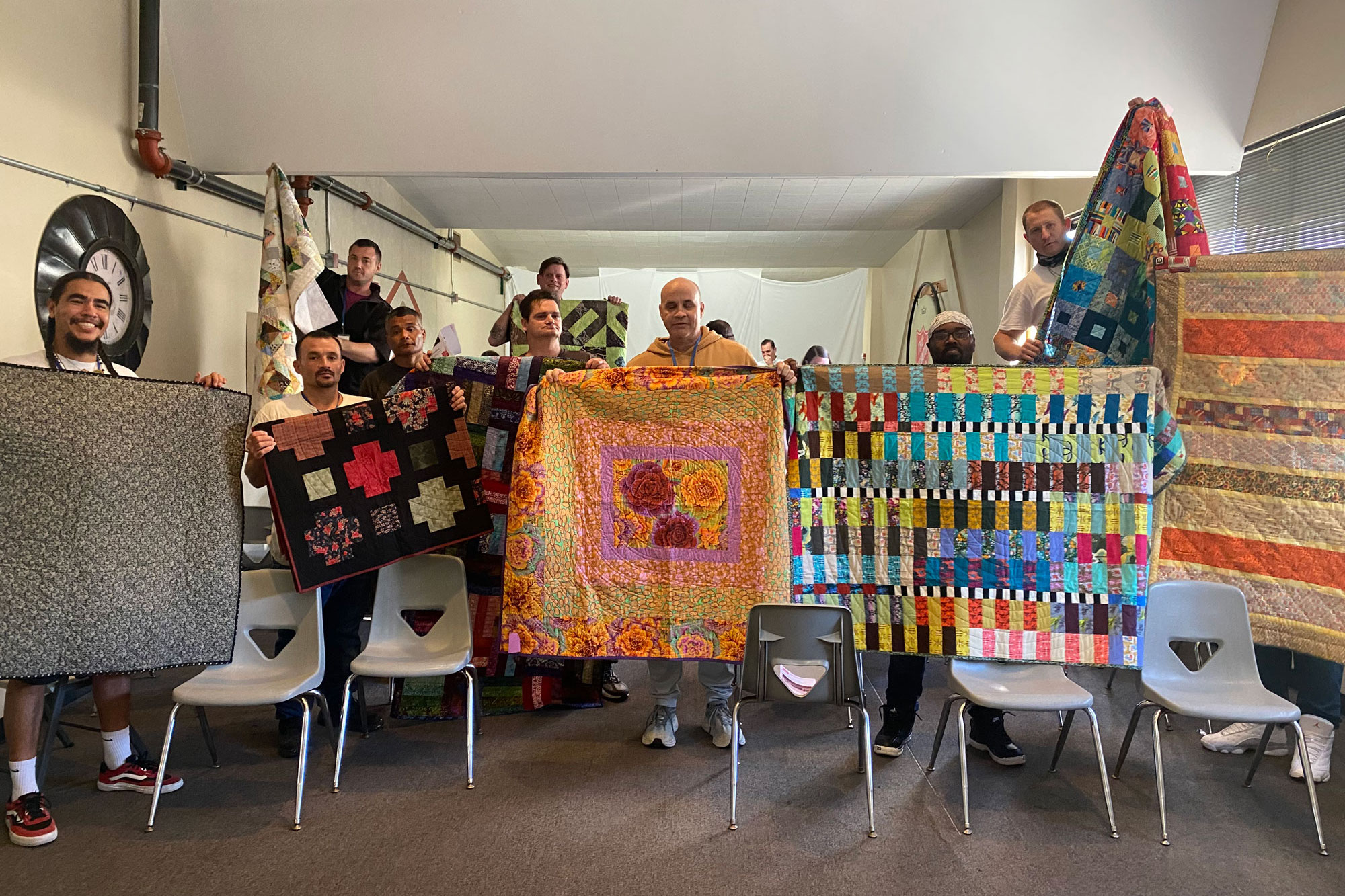




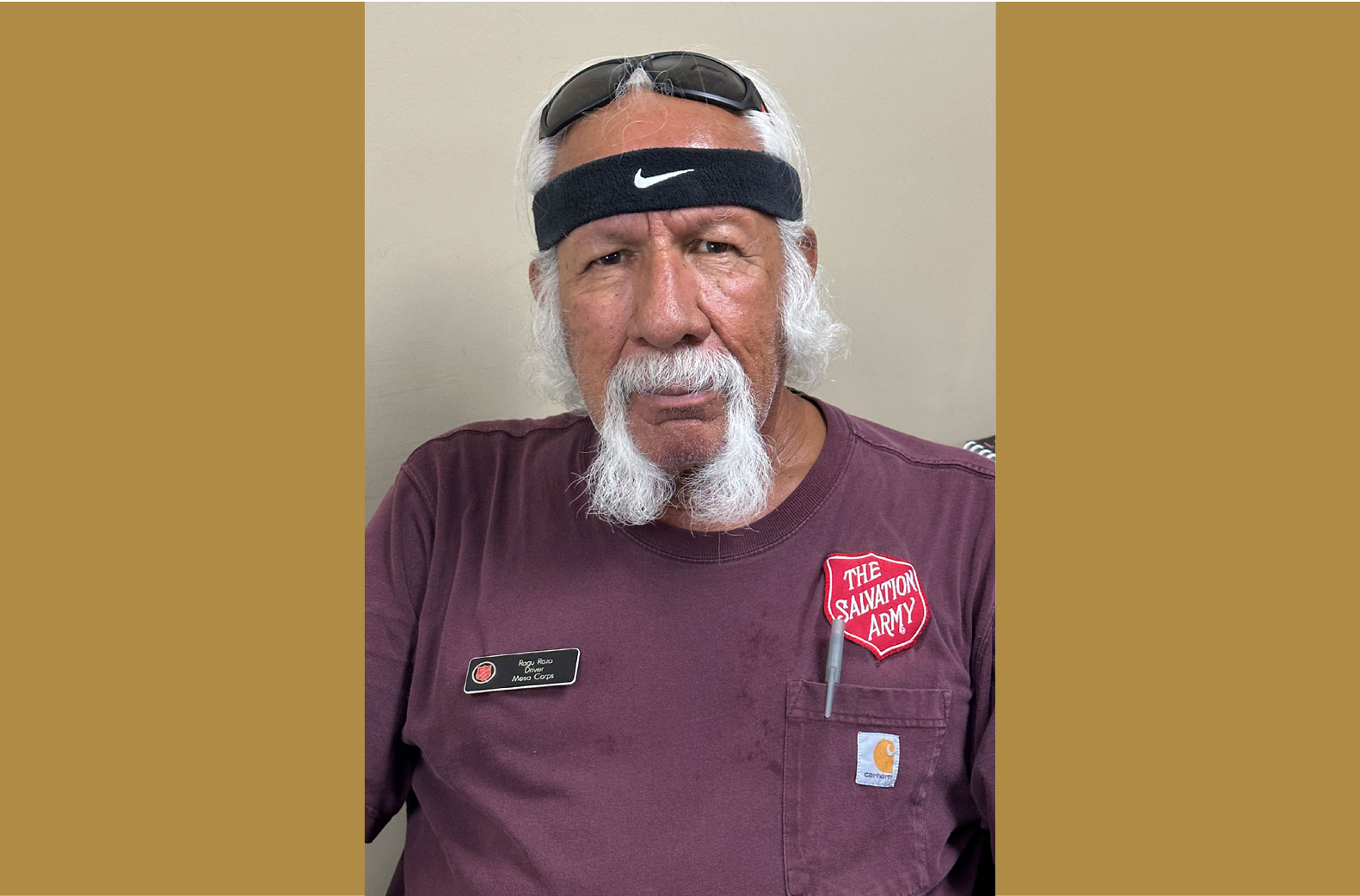
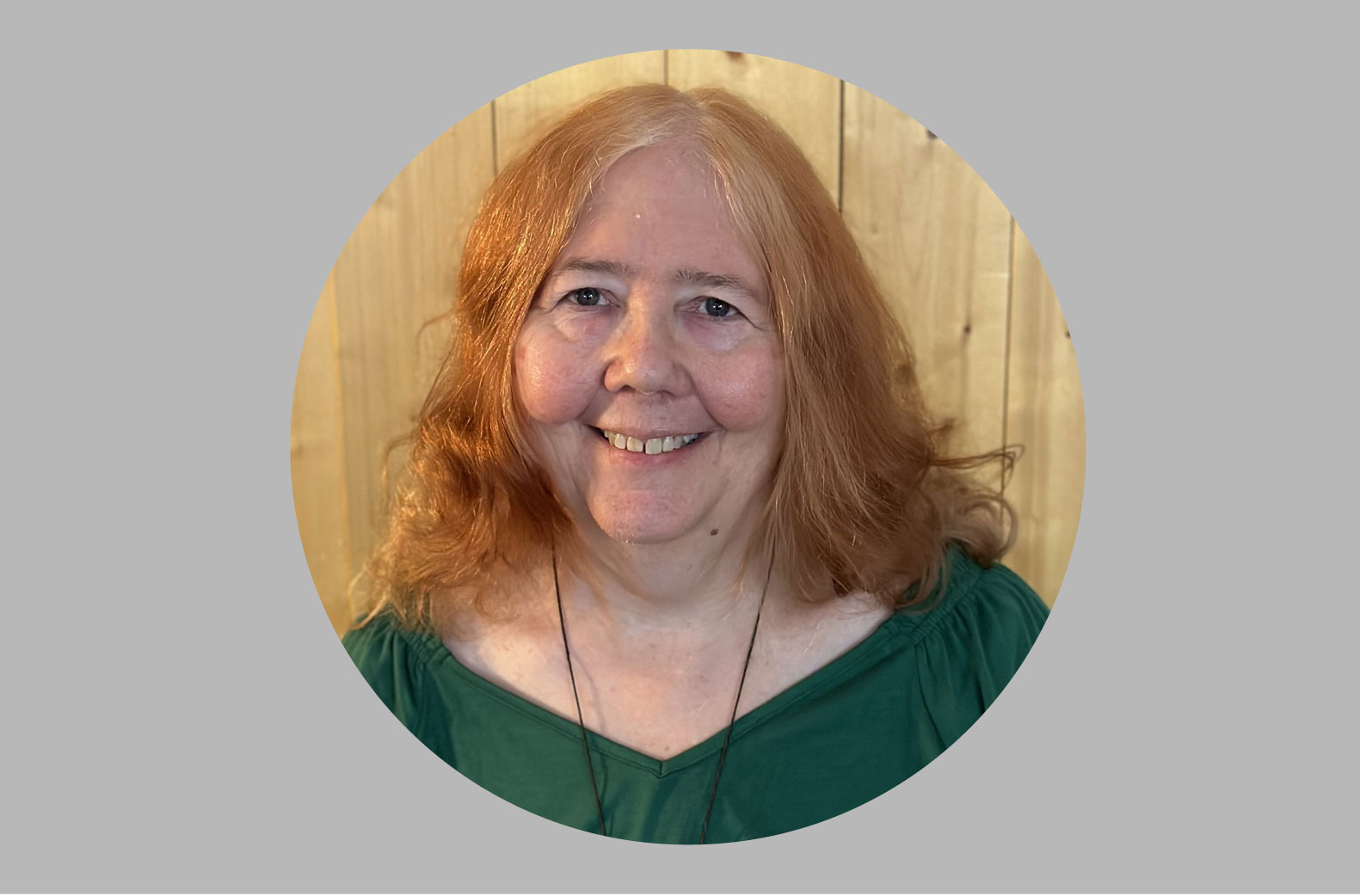

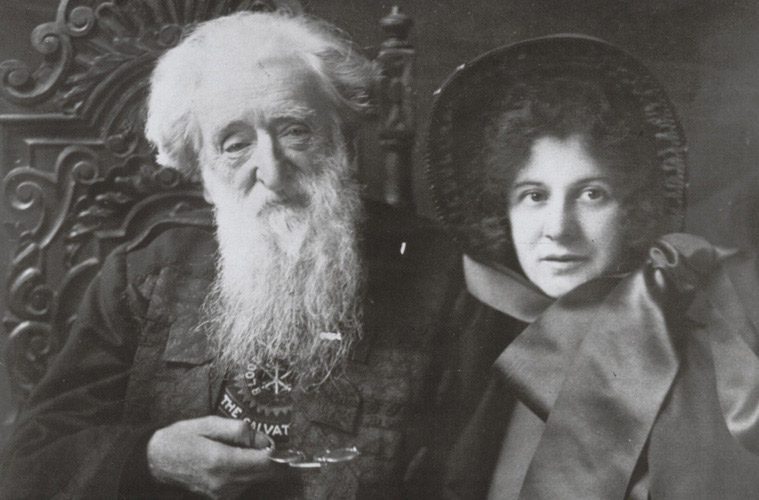





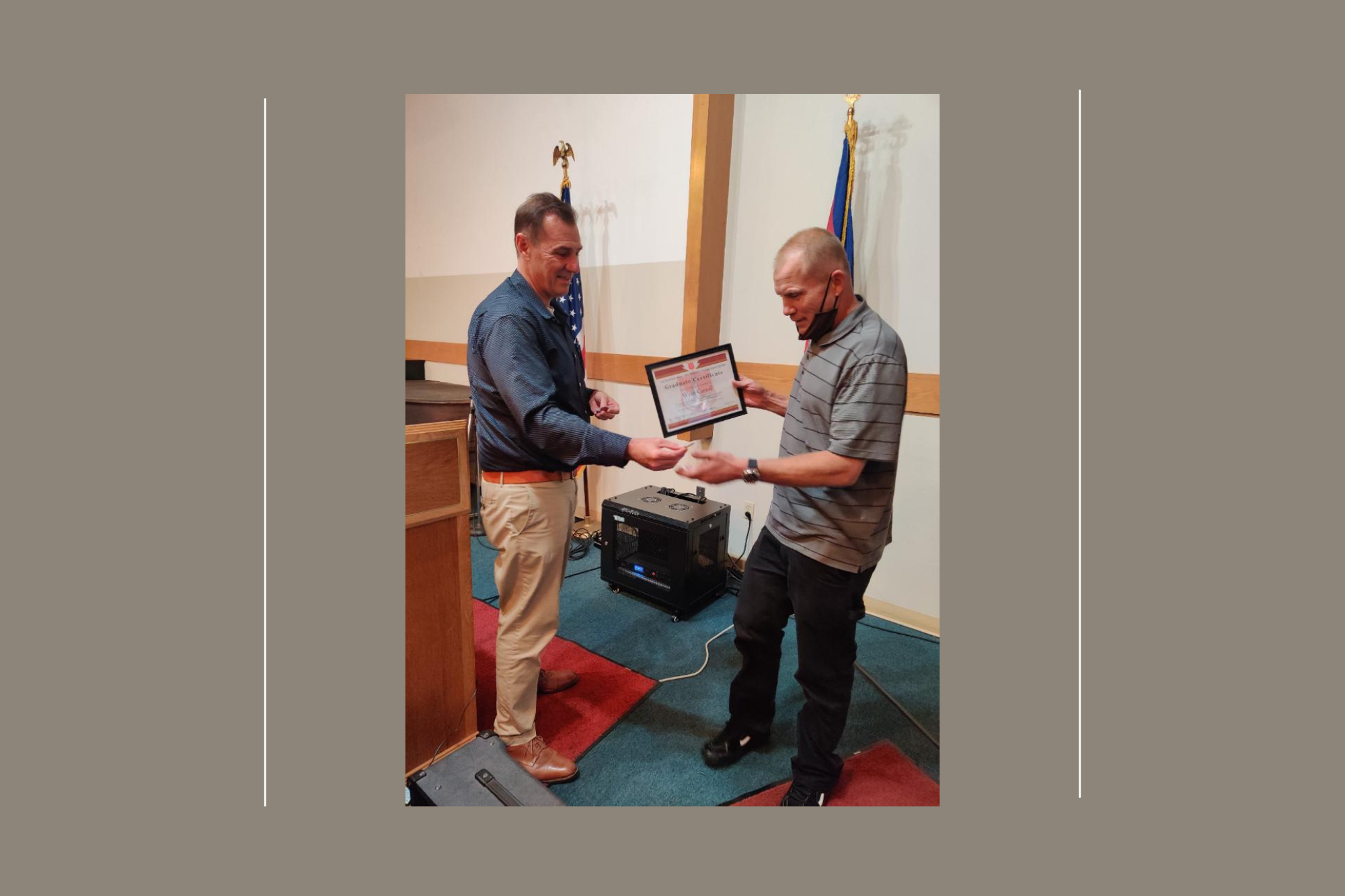
This was really interesting i work for the sally for 9 years as a truck driver and was the best 9 year of my life